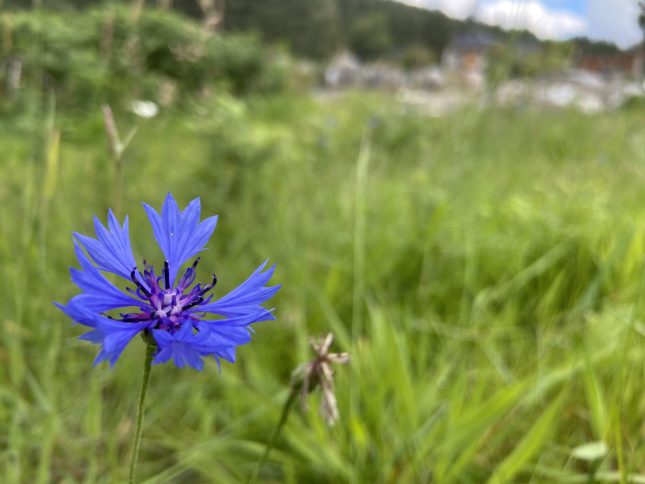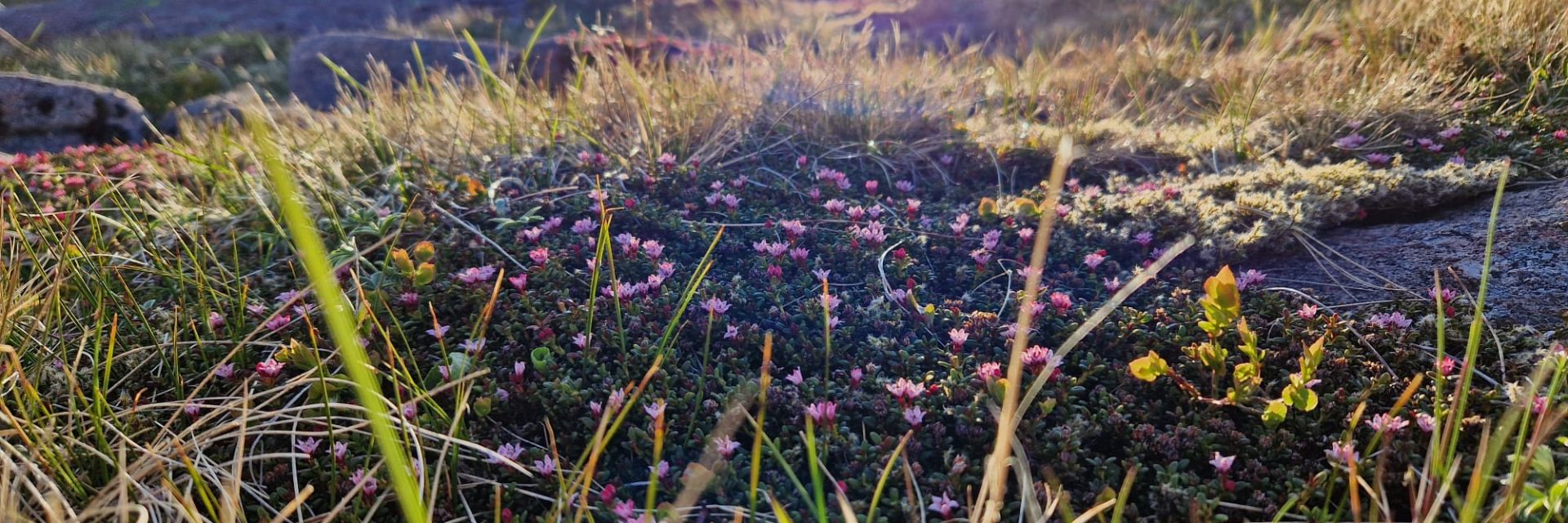Supporting Biodiversity
Glenmore Lodge, sportscotland’s National Outdoor Training Centre, is surrounded by a beautiful natural environment. The landscape of the Cairngorms National Park is not only an astounding place to adventure, its also home to many important plant and wildlife species. Being physically active in the outdoors has many benefits, including that spending time in natural environments is great for our wellbeing and reminds us of the value of Scotland’s many green spaces.
Our grounds are only around six hectares, but it helps to think of them as one piece in a larger mosaic. The site is surrounded by Scots Pine woodland that forms Glenmore Forest Park, which is part of a chain of Native Caledonian Pinewoods stretching from Glenfeshie to Abernethy, together comprising the largest expanse of native pinewood remaining in the UK.
The Cairngorms National Park is considered one of the most biodiverse places in the UK, covering less than 2% of its landmass but housing over 25% of the country’s rare and threatened species (Cairngorms National Park, Facts & Figures). Though a small area in this large landscape, we have a responsibility to look after our grounds in a way that supports biodiversity and play out part in nurturing the wider environment around us.
In November 2022, the Glenmore Lodge grounds were surveyed by an environmental consultant (Great Glen Ecology) who provided us with a report in Spring this year. It detailed the ecological significance of the area, the many plants and wildlife that call it their home, and recommended several ways that we could improve the management of our grounds to better encourage biodiversity.
What we’re doing:
This report is now informing the development of our new plan for supporting biodiversity, and though specific to Glenmore Lodge’s grounds, many of the underlying principles and lessons of it can be applied across Scotland.
Identify high value areas and protect them when planning future site developments: we need to know what the most important areas are to look after, where should be improved, and where we can plan future site developments in a way that will have a minimal environmental impact
Removing invasive non-native species: an example of this in our area is cutting down the Sitka Spruce trees that grow faster than our native Scots Pine
Install bird and bat boxes: bat populations have suffered a dramatic decline in the UK and are protected under Scottish law, and providing roosting opportunities can support local populations. Many habitats on site are similarly ideal for supporting breeding bird species
Minimise areas of disturbed ground: the spread of topsoil enables the growth of areas of dense bracken. Instead, it should be replanted with appropriate seed and vegetation cuttings should be removed to encourage diversity instead
Mowing regime: areas of grass that do not need to be closely mowed for practical use should be allowed to grow longer, and a more diverse array of wildflowers encouraged. This is an important habitat for pollinating insects, and longer growing areas provide cover for toads and frogs, lizards, small mammals, and sites for ground nesting birds.
Retain deadwood: this helps to support a diverse woodland ecosystem, creating habitats for small mammals and invertebrates and enabling a nutrient-rich habitat for fungi
Educational signs: we’re going to install signs around the site providing information about the area’s environmental significance and the relationship between the landscape and Glenmore’s cultural heritage

Glenmore Lodge’s grounds have to fulfil a wide range of educational and functional demands. We have outdoor facilities to maintain (including a dry ski slope, outdoor climbing towers, and a paddlesports pond) and a large lawn used as a landing site by helicopters for refuelling, training, or as part of mountain rescues. Balancing these needs and those of nature may appear a challenge, but by supporting biodiversity we can also enhance how our grounds support our role as National Outdoor Training Centre.
The environment is a key theme for those training to be Mountain Leaders, and we hope that by encouraging all visitors to explore our grounds they can improve their understanding of Scotland’s natural landscape and be motivated to encourage biodiversity in their own green spaces, wherever they are and whatever size, and to spend more time being physically active in the outdoors.
Find out more
The natural world is integral to who we are and what we do. We have a lot of appreciation for the outdoors, and know that we share a responsibility to protect the world we live and adventure in. You can find out more about sustainability at Glenmore Lodge HERE.
